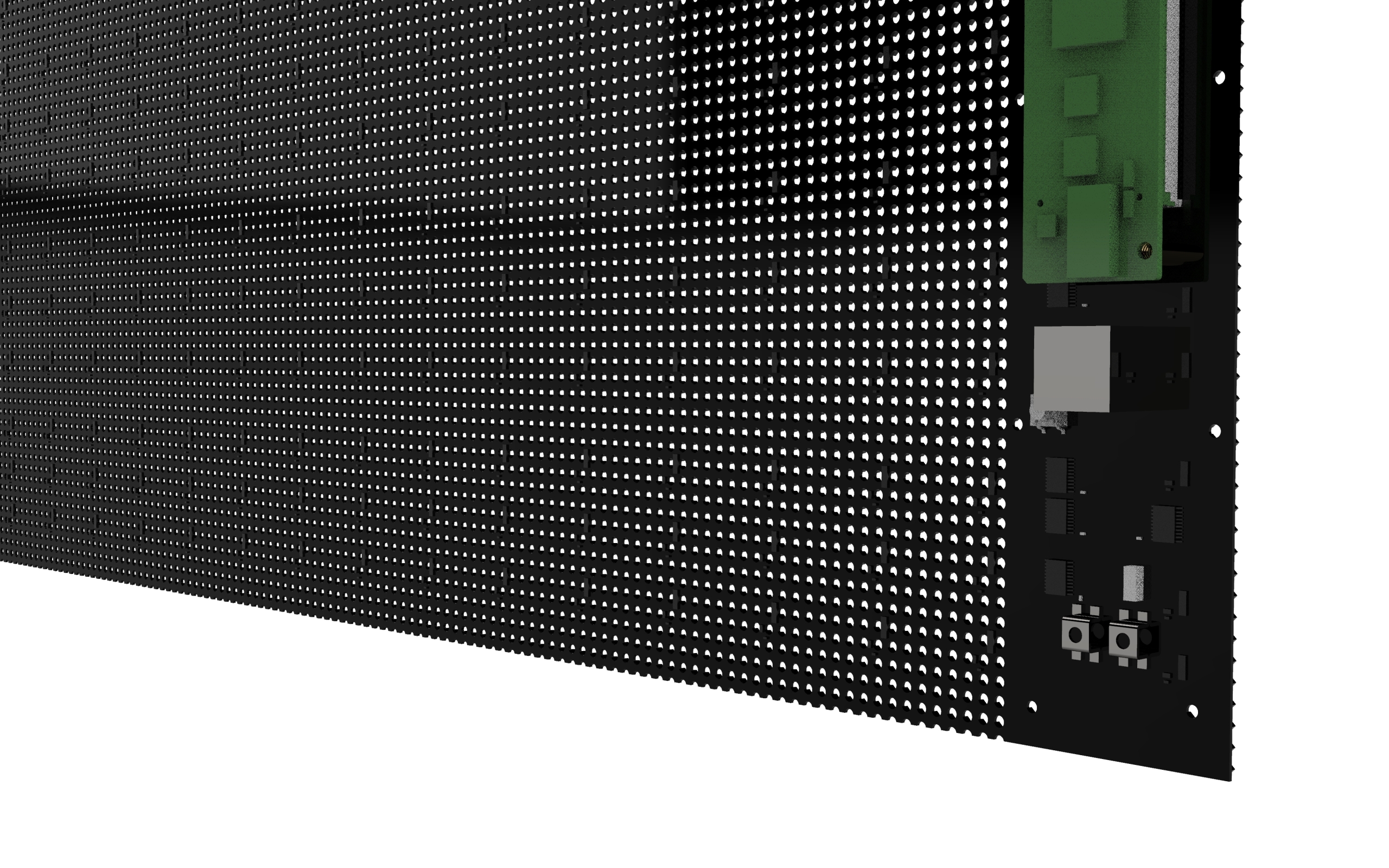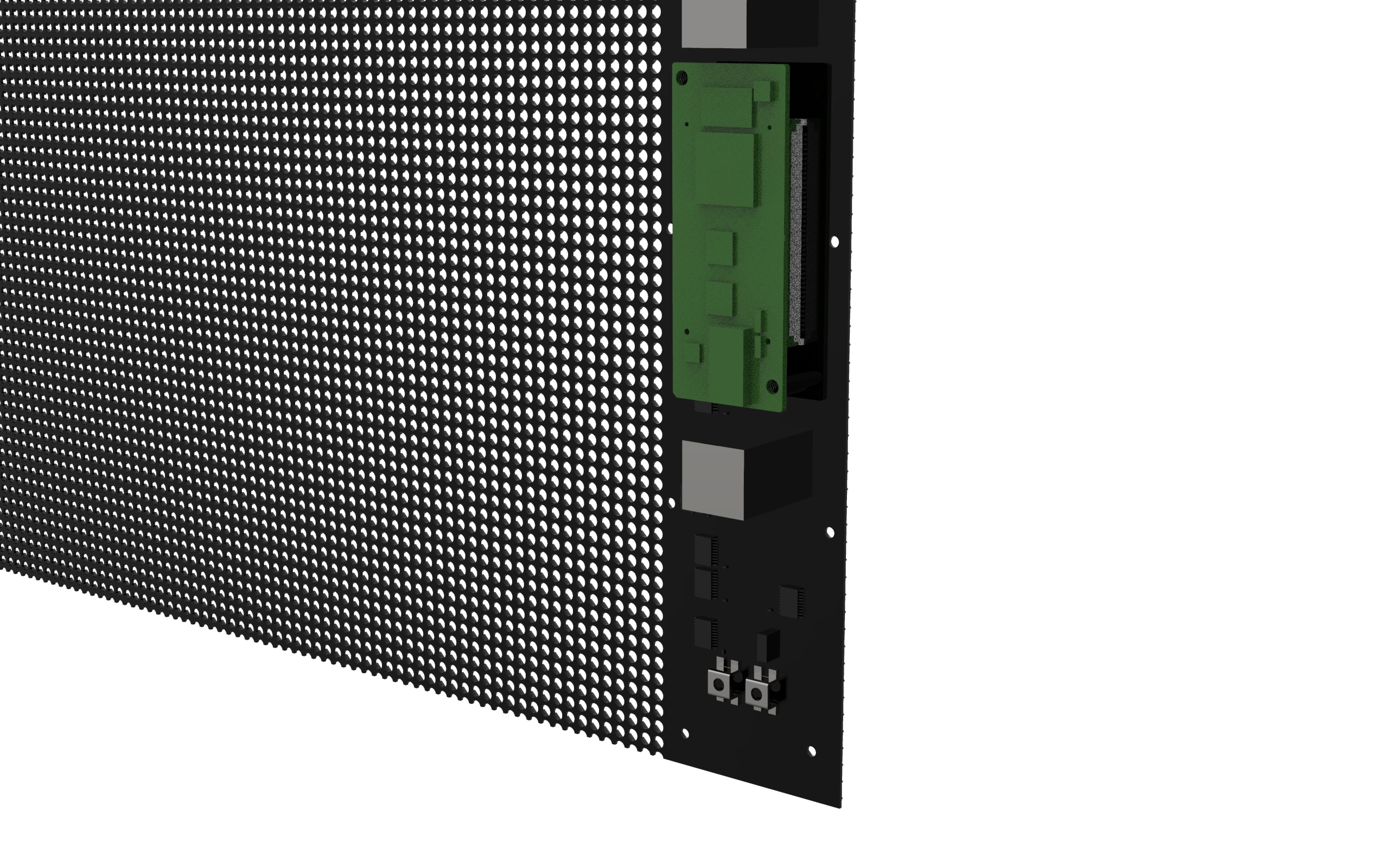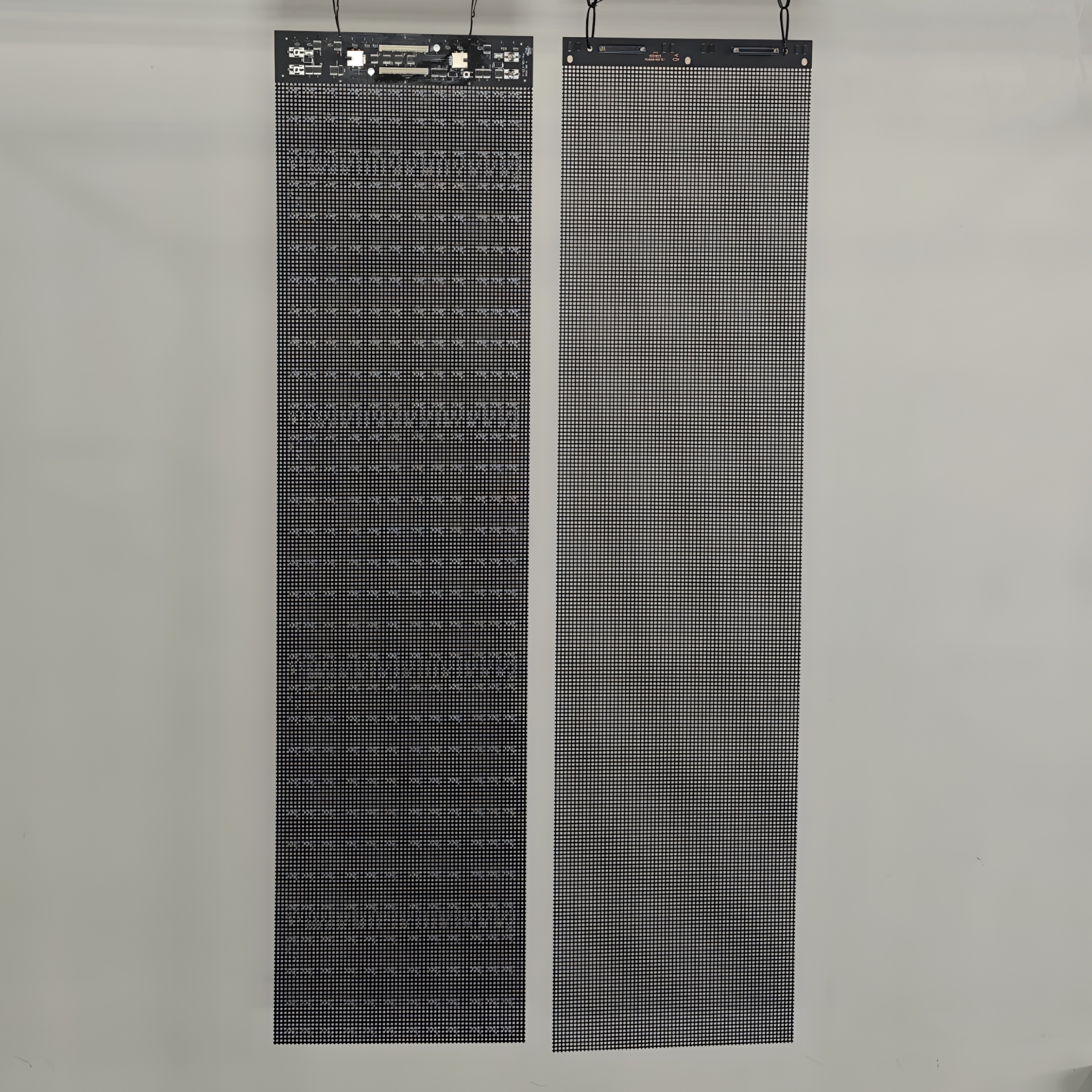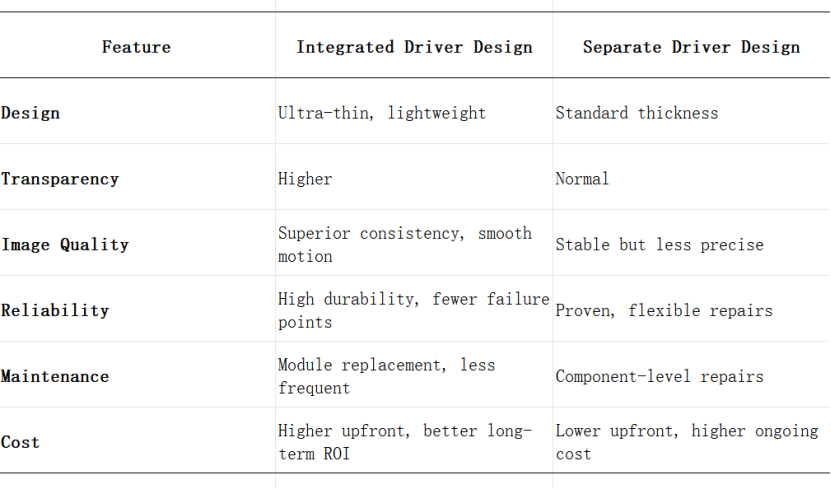Holographic LED Displays: Integrated vs. Separate Driver
When businesses compare holographic LED displays, they usually focus on resolution, brightness, or screen size. But have you ever noticed two displays with nearly identical specs often come with very different price tags?
The secret lies in the core technology:
- Separate Driver Design
- Integrated Driver Design
Which one offers better clarity? Which is easier to maintain? And which fits your needs and budget?
If you’re planning a new holographic LED project, understanding this difference can help you save money, boost reliability, and elevate your brand image.
What Is Separate Driver Design in Holographic LED Displays?
In a Separate Driver Design, the LED chips and driver ICs are mounted separately.
- LEDs are on the front.
- Driver ICs are placed on the back or side.
- One IC can control multiple rows of LEDs (4, 8, or even 16).
Advantages of separation of LED and driver:
- Lower upfront cost (fewer ICs used).
- Components can be replaced individually during repair.
- Proven, mature technology with stable performance.
Limitations separation of LED and driver:
- Thicker design due to extra wiring.
- Longer signal paths = more chance of color inconsistency.
Best for: budget-sensitive projects, rental displays, and scenarios where easy repair is a priority.
What Is Integrated Driver Design in Holographic LED Displays?
With Integrated Driver Design, the driver IC is built directly into the LED package, creating a unified component. Each LED has its own driver.
Advantages integration of LED and driver:
- Slimmer, thinner, and lighter design
- Cleaner PCB layout, fewer wiring traces
- Shorter signal paths = better color consistency
- Higher brightness and richer colors
- Fewer breakdowns thanks to encapsulated protection
Best for: premium displays, transparent LED screens, luxury retail, airports, automotive showrooms, and smart city projects.
Key Comparisons: Integrated vs. Separate Driver
-
Thickness & Transparency
Separate Driver: Requires space for ICs and wiring → bulkier design.
Integrated Driver: No extra wiring → sleek, thin, highly transparent.
If your project needs a slim, see-through look (e.g., shop windows, exhibitions), choose Integrated Driver.
-
Display Performance & Image Quality
Separate Driver Design: Longer signal paths between driver and LED. Good heat dissipation and reliable stability. Suitable for conference rooms or indoor ads where ultra-high refresh rates aren’t required.
Integrated Driver Design: Ultra-short signal paths mean better color consistency, high grayscale levels, and smooth motion. Ideal for broadcast studios, command centers, and luxury retail where crystal-clear visuals matter.
For premium image quality, Integrated Driver Design leads the way.
-
Reliability & Maintenance
Separate Driver Design: Components can be replaced individually, keeping repair costs lower per incident. Good option for customers with limited budgets or frequent maintenance cycles.
Integrated Driver Design: Strong encapsulation and fewer parts. Better protection against dust, moisture, and impact. Longer lifespan with fewer breakdowns.·
Separate Driver Design = cheaper repairs. Integrated Driver Design = higher durability, fewer failures.
-
Cost Analysis: Short-Term vs. Long-Term
Separate Driver Design: Mature process = lower upfront cost. Best for tight budgets or short-term projects.
Integrated Driver Design: Higher component cost but simplified assembly and reduced maintenance. Delivers better long-term ROI, especially for businesses that value brand image and reliability.
Separate Driver Design = lower initial investment. Integrated Driver Design = more cost-effective over the lifespan.
 Which Driver Design Should You Choose?
Which Driver Design Should You Choose?
Choose Integrated Driver Design if:
You need a state-of-the-art LED display with the slimmest design, premium image quality, and long-term value. Perfect for luxury fashion stores, airports, automotive showrooms and smart city projects.·
Choose Separate Driver Design if:
You prioritize lower initial cost and flexible repairs. Best for trade fair rental displays and projects with tight budgets.
FAQ: Holographic LED Display Integration vs Separation
Q1: Is Integrated Driver Design always better?
Not always. Integrated drivers offer premium image quality, durability, and sleek design, but Separate drivers are still better for lower upfront costs and easy repairs.
Q2: Which is more reliable in humid or dusty environments?
Integrated Driver Design LED displays. Their encapsulated design protects against moisture, dust, and impact.
Q3: What’s best for transparent LED screens?
Integrated Driver Design, since it allows thinner, lighter, and higher-transparency designs.
Still unsure which holographic LED display technology suits your project? Contact our LED display experts today for a free consultation.
We’ll analyze your needs and recommend the perfect solution—Integrated Driver Design or Separate Driver Design—for your budget, application, and long-term ROI.






